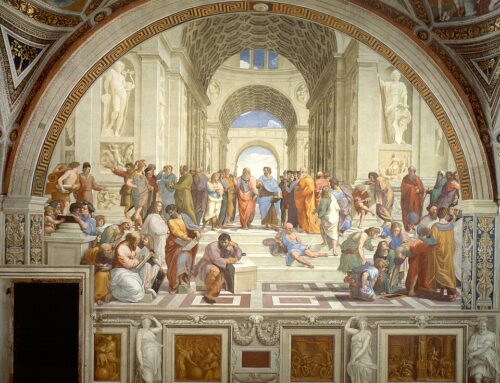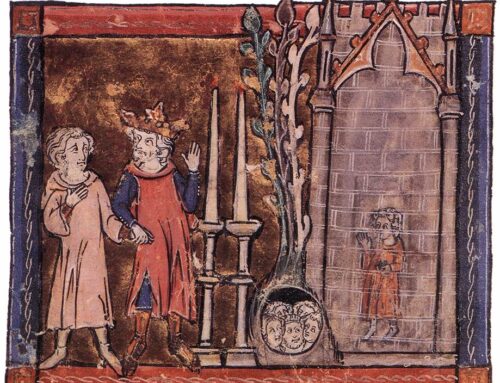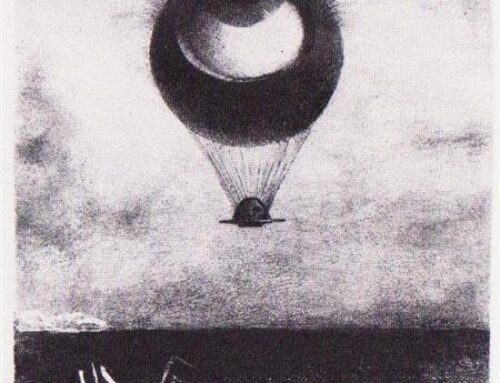Notre Dame and hi-tech restoration: using lasers to scale the heights. From the article:
There’s a lot at stake when it comes to rebuilding Notre Dame. The 850-year-old Gothic building’s 295-foot spire dated back to 1345, and the cathedral remains one of the first—and finest—examples of the flying buttress architectural style. Because of this, researchers all over the world have studied, and most importantly, meticulously documented Notre Dame.
And none more so than the late Vassar College Art History professor Andrew Tallon, who tirelessly 3D laser scanned the entire Notre Dame cathedral and other Gothic treasures throughout France…. [MIT Professor John] Ochsendorf, who worked with Tallon on the project, says “such a 3D model can provide crucial information about the geometry and materials.”
Tallon’s laser scan process used a Leica ScanStation C10 laser beam mounted on a tripod to engulf an area with a scan, measuring distances for every surface the laser hit. That continuous mapping created a 3D image of the cathedral that Tallon once said was accurate to within five millimeters. Ochsendorf says Tallon was able to make those scans work visually by pairing them with a panoramic photograph from the same spot, creating a near-realistic image of the space.
Over five days in Notre Dame, Tallon repositioned the scanner roughly 50 times, capturing more than one billion points of data. Tallon then created an accurate recreation by stitching together the photographs over 3D modeling, serving as a high-resolution digital blueprint for the building….
If renovation crews can find these chunks of Parisian stone and massive oaks, the work of Tallon could provide a digital blueprint for rebuilding the timber roof and soaring spire. The cathedral Tallon so admired for its unrivaled perfection could soon be saved by his own work.






Leave A Comment